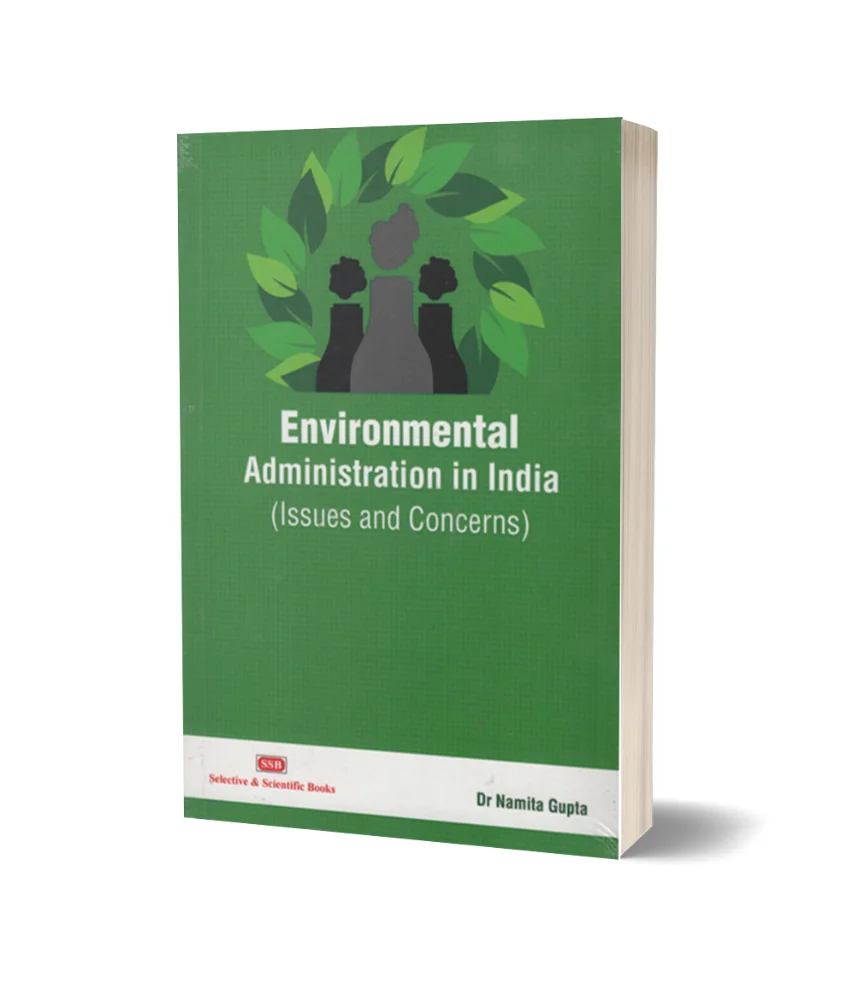Description
The book “Environmental Administration in India: Issues and Concerns” is an endeavor to understand the complex system of environmental policy administration in India through an analysis of the administration of Air (Prevention and Control of Pollution) Act in Ludhiana city. The book has been divided into nine chapters. Chapter one of the book throws light on the gravity of the issue and the need and significance of environmental administration in India with specific reference to Ludhiana. As the protection of the environment is a global issue; it is not an isolated problem of an area or nation. Chapter two studies the international concerns for environment protection in three developed countries – the U.S.A., U.K., and Australia with a view to informing the analysis regarding the situation in India.
An analysis of the effectiveness of administrative agencies would necessarily require an understanding of their organizational structure and functions with a special focus on controlling air pollution. Chapter three studies the organizational structure of various agencies that are responsible for enforcing environmental laws at the Centre, state, and district levels. Chapter four is valuable for understanding the complexities of policy implementation. The Study has revealed various barriers to implementation; as also factors that may make success more likely.
Modernization and progress have led to air getting more and more polluted over the years. A growing number of industries and vehicles, an increase in the population, and urbanization are some of the major factors responsible for air pollution. Chapters five and six specifically analyze the laws, policies, and administration to prevent and control industrial and vehicular pollution. Chapter seven reviews the role of the judiciary in environmental protection analyzes the powers of the prosecuting agencies and their effectiveness in dealing with environmental cases.
Civil Society Organizations had often been faster than governments to respond to new global challenges and be able to strengthen the fabric of democracy where it was creaking with age or still in fragile infancy. Chapter eight focuses on the role of Civil Society Organizations such as NGOs, Educational Institutions, and Mass Media as well as the role of the General Public in environmental awareness and protection. Chapter nine provides recommendations to overcome the gaps in policymaking and implementation.
The book being multi-disciplinary will be beneficial not only for the students of undergraduate and postgraduate courses but will also act as a reference book for researchers, academicians, and policymakers who want to have a deep understanding of environmental administration in India












Reviews
There are no reviews yet.